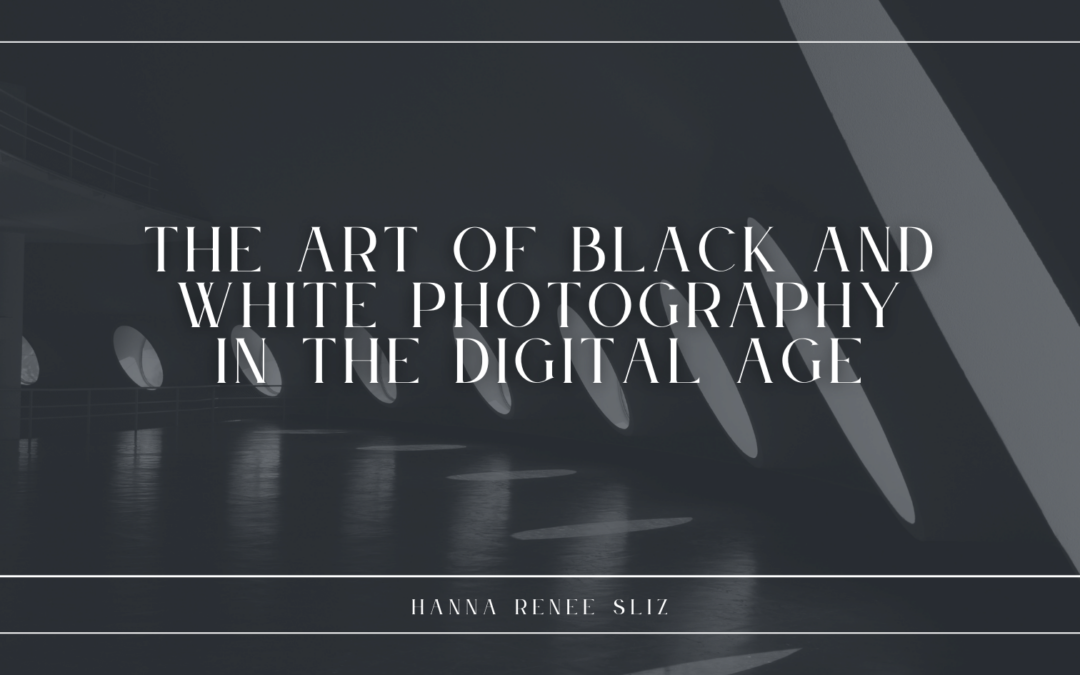Black and white photography, with its rich history, continues to hold a significant place in the digital age. This timeless art form emphasizes contrasts, textures, and composition, allowing photographers to tell stories in a universal language.
Embracing Monochrome Aesthetics
In the digital era, black and white photography offers a distinct aesthetic that strips away the distractions of color to focus on the subject’s essence. It highlights the play of light and shadow, enhancing emotional depth and texture, which can transform an ordinary scene into a captivating image.
Techniques for Black and White Photography
Successful black-and-white photography in the digital age relies on understanding the nuances of contrast, lighting, and composition. Photographers must learn to visualize their scenes in monochrome, predicting how colors will translate into shades of gray. It is essential to use HDR techniques and control exposure carefully to capture a wide range of tones.
Post-processing in the Digital Workflow
Digital photography allows for unprecedented control over the final image through post-processing. Tools like Adobe Photoshop and Lightroom enable photographers to adjust contrast, sharpness, and grain, allowing for a level of fine-tuning that was not possible in the analog era. This creative control is pivotal in expressing the photographer’s vision and elevating the impact of black and white images.
The Timeless Appeal of Black and White
Despite the ubiquity of color in digital photography, black-and-white photography remains a powerful artistic choice. It transcends reality to capture the timeless beauty and drama of the human condition, landscapes, and abstract compositions. In the digital age, black-and-white photography continues to challenge photographers to see the world in different tones, encouraging a deeper engagement with their subjects and surroundings.
The enduring appeal of black-and-white photography in the digital age lies in its ability to convey profound messages and emotions. As technology advances, the essence of black-and-white photography remains unchanged: it is a medium that speaks to the soul, inviting viewers and photographers alike to explore the world through a different lens.

